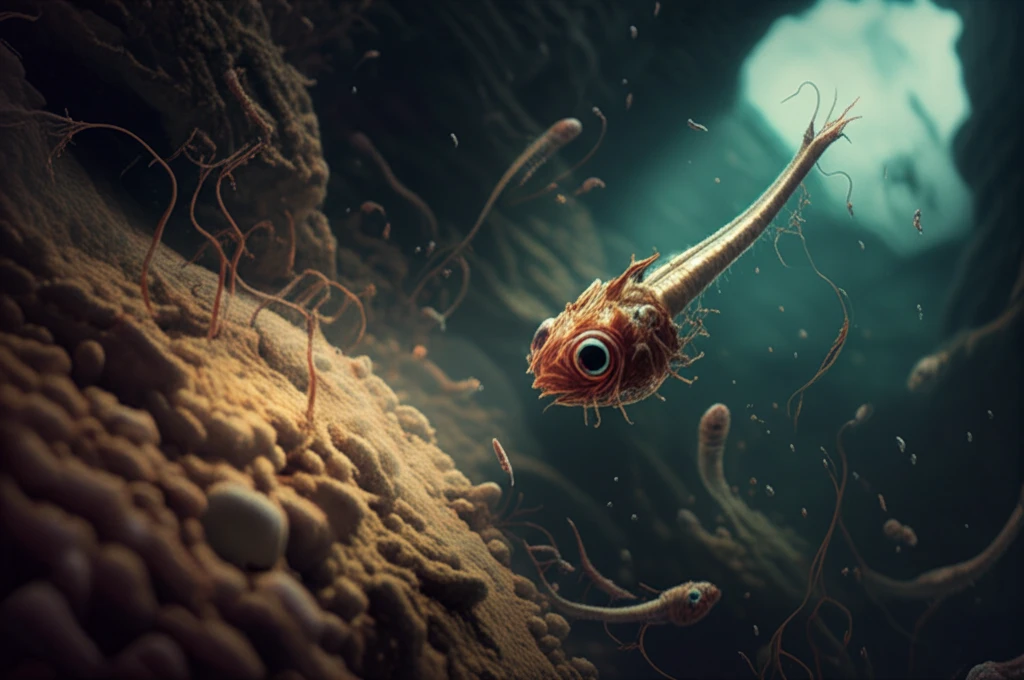
Unlock the Secrets of Fish Farming: How Probiotics Can Save Your Larvae
"Discover how Pseudoalteromonas sp. can boost survival rates in Seriola lalandi larval cultures."
Aquaculture, or fish farming, is a rapidly growing industry essential for meeting the global demand for seafood. One of the most significant challenges in aquaculture is ensuring high survival rates during the larval stages. The golden fish, Seriola lalandi, is a highly sought-after species in both national and international markets. However, its larval survival rates in culture remain low, primarily due to poor larval quality.
Traditional methods often fall short in providing the necessary support for these fragile creatures. Factors such as inadequate nutrition, disease outbreaks, and suboptimal environmental conditions contribute to high mortality rates. This is where probiotics come into play. Probiotics, beneficial bacteria that improve the host's health, have shown promise in enhancing larval survival and overall aquaculture productivity.
A groundbreaking study has explored the potential of Pseudoalteromonas sp., a marine bacterium, as a probiotic for Seriola lalandi larval cultures. This research delves into the isolation, identification, and evaluation of Pseudoalteromonas sp. to determine its probiotic capabilities, offering a potential solution to improve larval survival rates and revolutionize fish farming practices. For fish farmers and aquaculture enthusiasts, understanding this research could unlock new strategies for success.
The Promise of Probiotics in Aquaculture

Probiotics are defined as live microorganisms that, when administered in adequate amounts, confer a health benefit on the host. In aquaculture, probiotics can improve the gut microbiota, enhance immune responses, and increase resistance to diseases. The use of probiotics in larval cultures has shown remarkable improvements in survival rates, making it a promising alternative to traditional methods. The key is to identify and utilize the right probiotic strains for specific fish species.
- Isolation and Identification: Bacteria were isolated from S. lalandi juveniles and larvae and identified at the molecular level using 16S rRNA gene analysis.
- Phylogenetic Analysis: Evolutionary relationships among the isolated bacteria were determined.
- Antibacterial Assays: The ability of the bacteria to inhibit pathogenic bacteria was tested.
- Enzymatic Activity Tests: Hemolytic, lipolytic, and proteolytic activities were assessed to determine potential harmful effects.
A New Era for Sustainable Aquaculture
The findings of this study suggest that incorporating Pseudoalteromonas sp. as a probiotic in Seriola lalandi larval cultures could significantly enhance survival rates. The researchers propose mixing this beneficial bacterium with microalgae, commonly used to feed rotifers and artemia, which serve as vectors for delivering the probiotic to the larvae. This approach aligns with the growing trend of sustainable aquaculture practices, reducing reliance on antibiotics and promoting healthier, more resilient fish populations. By understanding and applying these findings, fish farmers can look forward to a future of more productive and sustainable aquaculture.
